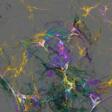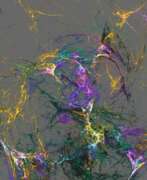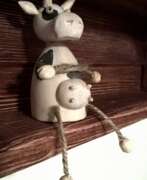Neo-Dada

Neo-Dada
Neo-Dada was an art movement that emerged in the 1950s and is known for its blend of playfulness, iconoclasm, and appropriation. Originating in America, the movement was reminiscent of early 20th-century Dada art but infused with the spirit of mid-century America. Neo-Dada artists like Jasper Johns, Robert Rauschenberg, and Allan Kaprow sought to close the gap between art and daily life by utilizing unconventional materials and challenging traditional boundaries of art. This movement paved the way for Pop Art and continues to influence contemporary art.
Key works from the movement are housed in prestigious institutions; for example, Johns' "Corpse and Mirror II" can be found at the Art Institute of Chicago. This piece highlights Johns’ use of crosshatching to create a complex interplay of light and shadow, demonstrating a whimsical yet thoughtful approach to art-making that is characteristic of Neo-Dada.
Collectors, auctioneers, and experts in art and antiques may find the experimental and boundary-pushing nature of Neo-Dada especially intriguing. If you wish to stay informed on the latest sales and auction events related to Neo-Dada, consider signing up for updates. This subscription will exclusively alert you to new product sales and auction events pertinent to Neo-Dada, without any pompous fanfare, just the facts for your connoisseurship.
| Country: | America, USA |
|---|---|
| Start of the period: | 1950 |


